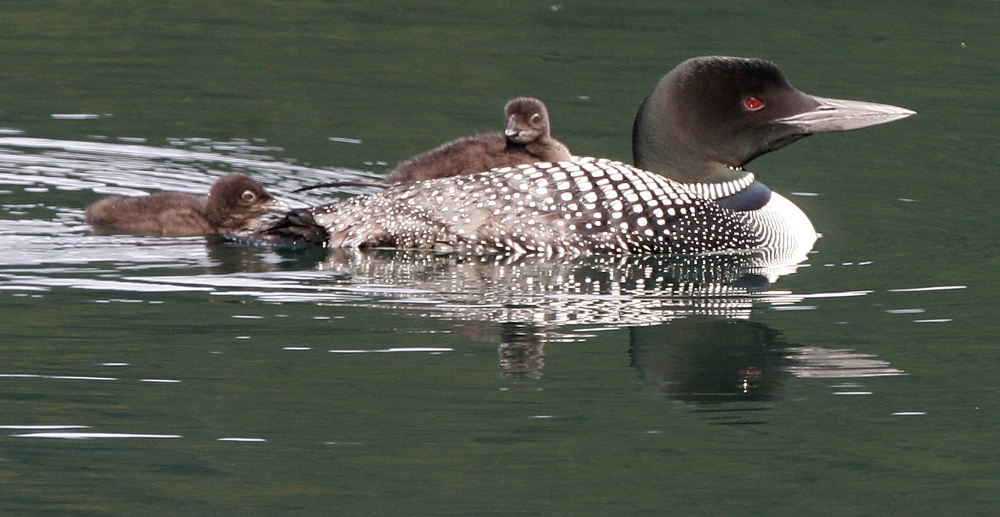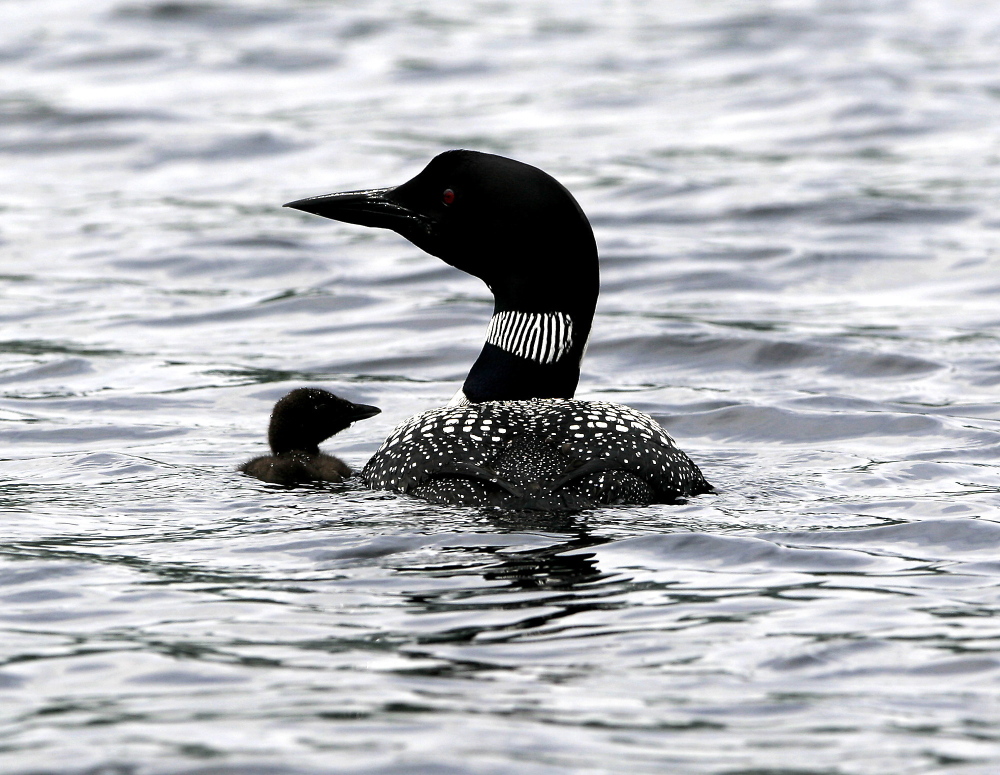Half of all bird species in North America – including the bald eagle – are at risk of severe population decline by 2080 if the swift pace of global warming continues, the National Audubon Society concluded in a study released Monday.
“The scale of the disruption we’re projecting is a real punch in the gut,” said Gary Langham, chief Audubon scientist.
Langham led an Audubon study that examined more than 500 bird species and determined that more than 300 in Canada and the United States face large climate shifts that could reduce their habitat by half or more by 2080. The changing environment will force birds to adapt to new habitats with different temperature and precipitation rates if they are to survive.
The first comprehensive species study of its kind, it will be used to help federal wildlife officials develop improved strategies to conserve bird species, whose abundance and migratory patterns depend on specialized habitats, such as forests, grasslands and coastal areas.
By 2080, the bald eagle, the national symbol, could see its habitat decrease by 75 percent, the report says.
All of the habitat of the common loon, the state bird of Minnesota, could disappear in the lower 48 states. In Southern California, the black oystercatcher may abandon coastal areas for more suitable climes in British Columbia and Alaska.
Other U.S. bird species that could face climate shifts that sharply reduce their habitat include the American avocet, the eared grebe, the trumpeter swan, the white-headed woodpecker and the chestnut-collared longspur.
“What could be missing along with those birds and their ecological niches are their very presence and songs – crucial components of our daily lives and the cultural fabric of our communities,” Langham said.
The study was funded in part by the U.S. Fish and Wildlife Service.
Previous climate studies involving North American birds have focused on a few species with limited habitats. For this study, Langham and a team of Audubon ornithologists analyzed 30 years of historical North American climate data.
The team examined tens of thousands of records from the U.S. Geological Survey’s American Breeding Bird Survey and the Audubon Christmas Bird Count, which for more than a century has collected data on national bird populations.
The study also used climate projections from a 2007 report by the United Nations’ Intergovernmental Panel on Climate Change, which said scientists’ “best estimate” was that temperatures would rise 3.2 to 7.8 degrees by 2100. In contrast, the increase from 1901 to 2005 was 1.2 degrees.
The data was used to project geographic distributions for 588 North American bird species during both the breeding and non-breeding seasons under a variety of scenarios.
Each species was assigned a climate sensitivity status based on overall climactic suitability.
The study defined species as “climate endangered” if they were projected to lose more than half of their current habitat by 2050, without gain from potential expansion. The study suggests that 126 species are “climate endangered” because the climate of their entire habitat will probably change in 65 years. Another 188 other species are considered “climate threatened.”
Relatively few species in those categories, however, are now viewed as conservation priorities by wildlife organizations and government agencies.
Send questions/comments to the editors.




Success. Please wait for the page to reload. If the page does not reload within 5 seconds, please refresh the page.
Enter your email and password to access comments.
Hi, to comment on stories you must . This profile is in addition to your subscription and website login.
Already have a commenting profile? .
Invalid username/password.
Please check your email to confirm and complete your registration.
Only subscribers are eligible to post comments. Please subscribe or login first for digital access. Here’s why.
Use the form below to reset your password. When you've submitted your account email, we will send an email with a reset code.